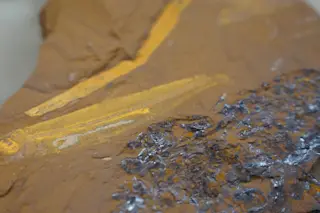The deadliest and most devastating opponents our species has faced have never been across a battlefield. They’ve been on our skin and in our blood and bones.
Viruses and bacteria have killed or debilitated millions during the course of human history — and well before. Researchers have unraveled the story of a few, most notably the bacterium Yersinia pestis, which causes plague. But findings about the origins and evolution of other scourges, including leprosy, hepatitis B and syphilis, have been elusive or contradictory.
Now, two key advances — a surge in ancient DNA samples and powerful computer programs to process the data — are allowing scientists to study disease-causing bacteria and viruses like never before.
“There were very few ancient human virus samples even six months ago,” says Terry Jones, a computational biologist at the University of Cambridge. “In terms of being ‘ancient,’ 300 years was considered old, and that ...















